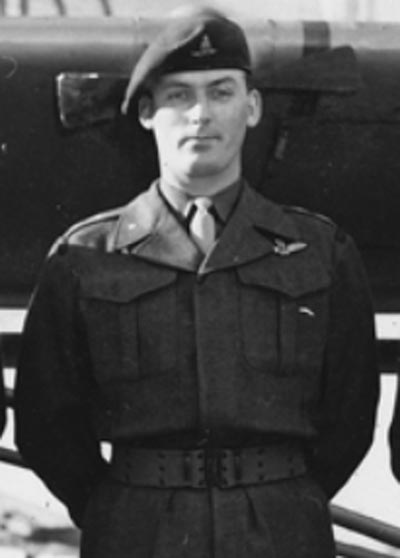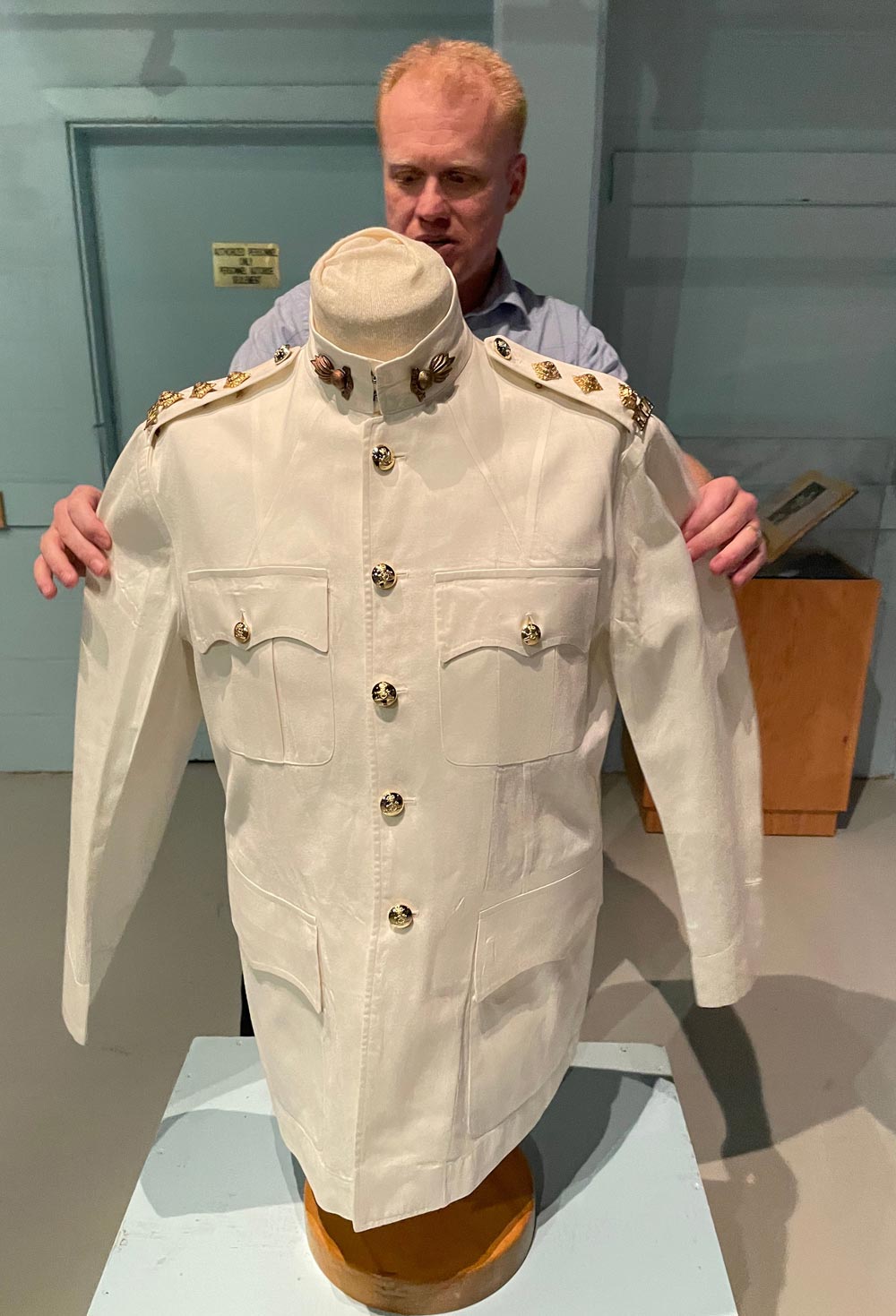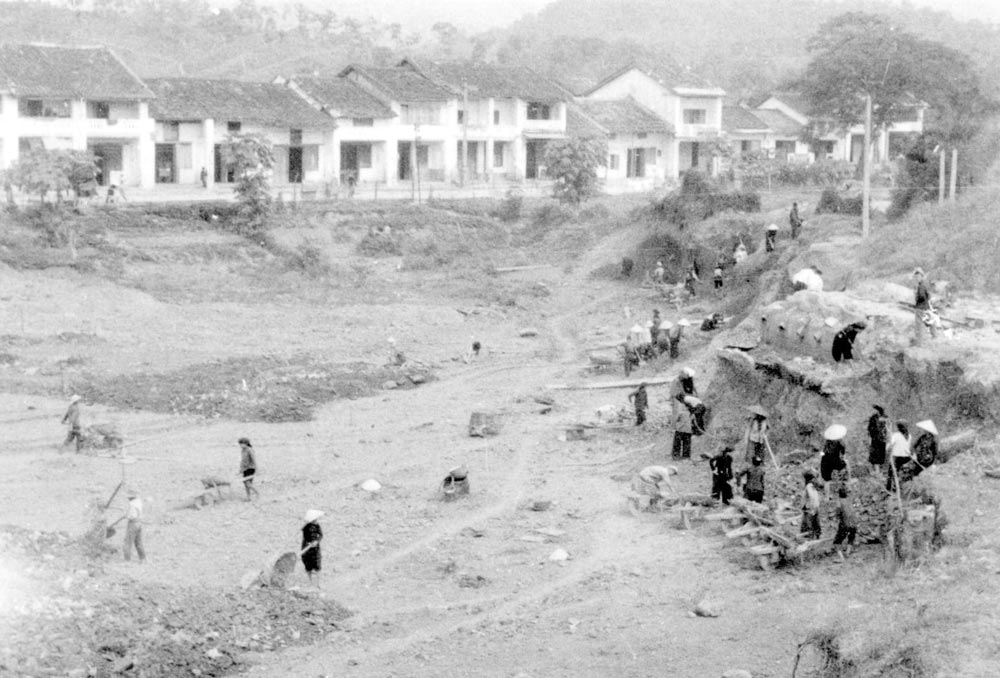

Andrew Oakden
Stag Special
For a recent temporary exhibition, RCA Museum staff combed the archives in search of artifacts connected to Canadian peacekeeping.
Staff found a white patrol dress uniform belonging to LCol H.F. ‘Bert’ Leggett, who wore it while serving with the International Commission for Supervision and Control (ICSC) in the former French Indochina in the late 1950s.
Besides the ICSC, LCol Leggett had an adventurous career in the Canadian military, serving with 2RCHA and 4RCHA and as an Air OPs pilot and instructor, then in staff appointments before retiring in 1984.
Museum records show he wore the white patrol dress uniform at the Royal wedding of Princess Savivanh Savang Manivong in Luang Prabang, Laos on Sept. 21, 1957.
The first Indochina War — 1946-1954 — ended with the defeat of French colonial troops. North Vietnam fought to gain independence, which they achieved through the Geneva Accord in August 1954.
These were three separate agreements calling for reunification, national elections and the creation of an international commission (ICSC) in Cambodia, Laos and Vietnam.
ICSC participant nations, including Canada, helped enforce compliance of the Geneva Accords. In August 1954, Canada pulled together a contingent of soldiers and civilians for peacekeeping in Indochina.
Initially, Canadians went on one-year tours with conditions generally rough and unpredictable. While Canadians were able to assist with the transfer of power, they had little, if any, authority to stop violations of the accord. Canada participated in the ICSC from 1954 to 1974.
LCol Leggett’s white patrol dress uniform is a curious Canadian peacekeeping artifact from the late 1950s. Our accessioning file indicates the uniform came with accoutrements. Staff have added them to the uniform for its peacekeeping exhibit.
We believe the uniform reflects the RCA’s and Canada’s proud history of peacekeeping which includes participation in the ICSC in Indochina.
Have you had a chance to explore the RCA Museum’s in-house temporary exhibit In the Service of Peace: Canada’s Peacekeepers?
Unveiled last fall, senior curator Jonathan Ferguson created the exhibition with the help his curators and summer students. In the exhibit, Ferguson covered Canadian peacekeeping from the 1950s to the present, from classic peacekeeping missions in the Middle East to the Balkans.
The museum last did a peacekeeping exhibition in the late 1980s.
Museum staff traced the long history of Canadian peacekeeping which does not receive the attention it deserves. Our nation’s peacekeeping continue to be a source of pride, but it’s also complicated.
The exhibit shows the iconic blue headdress on museum mannequins, which started with the creation of the United Nations Emergency Force in 1956.
Curators covered the major peacekeeping topics by location, such as Southeast Asia, Sub-Saharan Africa, Cyprus, Balkans and Middle East.
They included an actual an actual peacekeeping checkpoint and an observation post. During many missions, it was common for soldiers to operate them.
There are three vehicle on display — white UN Iltis, an AVGP Grizzly used in the Balkans, and a white UN tracked Lynx used in Cyprus.
This exhibit includes many personal artifact from soldier who participated in peacekeeping missions. Notable artifacts include a white tropical patrol tunic worn by Capt H.F. Leggett at an official wedding in Laos in 1957. Plus Capt Ian Anderson’s combat shirt, cut off when he was wounded in Bosnia in 1994.
The exhibit also features Izzy Dolls from MCpl Mark ‘Izzy’ Isfeld, who served in Croatia from 1992 to 1994. He was killed during his tour in 1994.
This UN peacekeeping exhibition runs until May.




